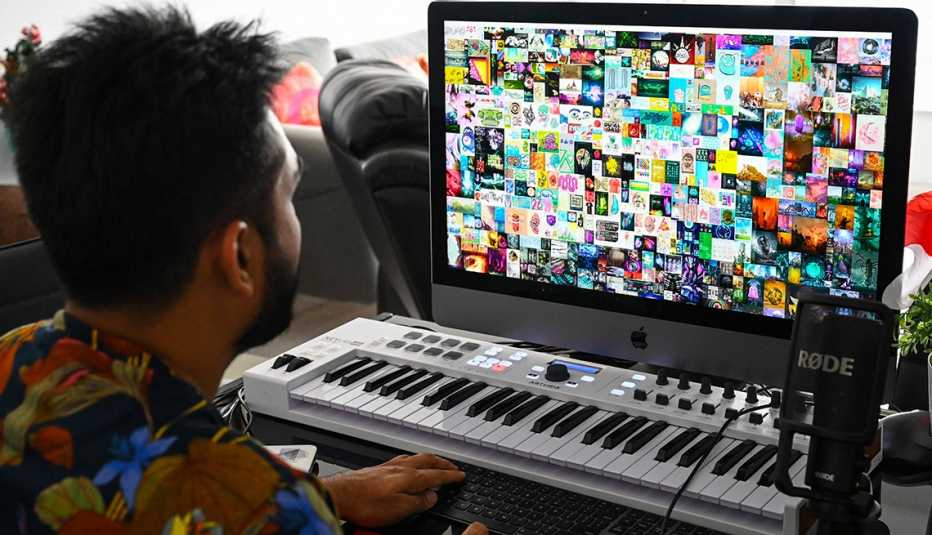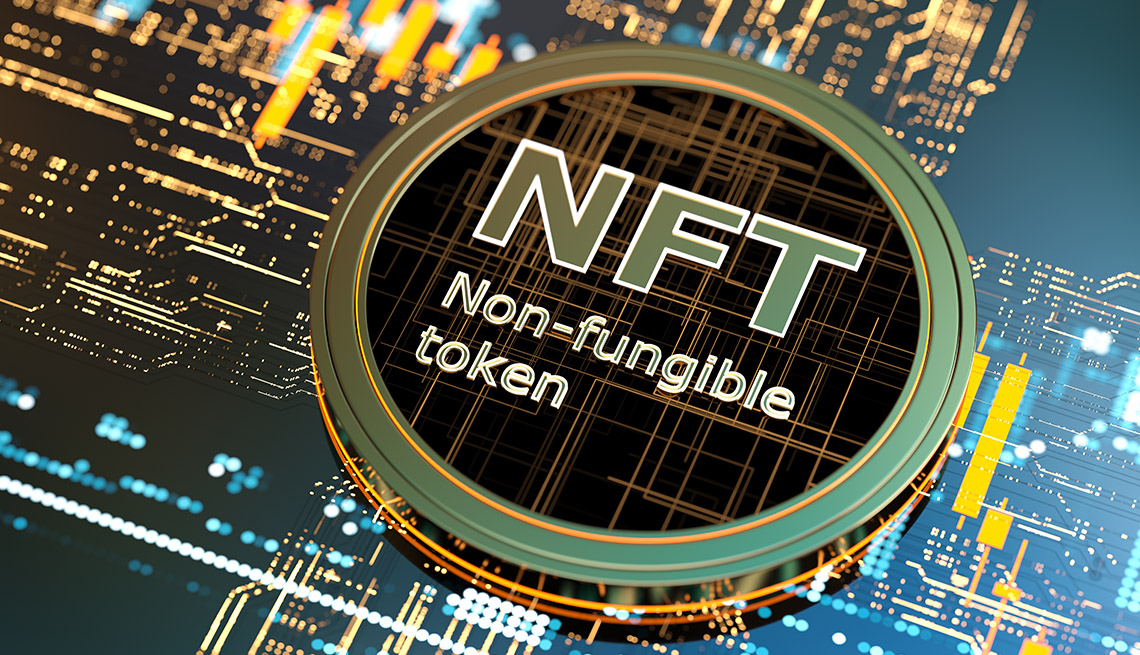Staying Fit
Don't expect your grandkids to spread their newest sports trading cards across the bedroom floor. And that piece of artwork for sale online? It might not go in a frame on your wall.


AARP Membership— $12 for your first year when you sign up for Automatic Renewal
Get instant access to members-only products and hundreds of discounts, a free second membership, and a subscription to AARP the Magazine.
Collectibles are going digital, using a technology called non-fungible tokens (NFTs). These are digital assets — they can take forms such as photographs, music or video clips. Although people may be able to copy an item, ownership of the original is encrypted and cannot be changed unless it is sold and the property is officially transferred to a new owner. Websites such as OpenSea and Rarible act as marketplaces and list the prices — think of them as like Etsy or eBay but for digital assets. Ownership of an NFT is secured by the same type of encryption technology as cryptocurrency, with a record stored on the digital ledger known as the blockchain. [Editor's note: Don't understand that last sentence? Don't go near NFTs.]


Though the first NFTs appeared online in the early 2010s, the interest in them has skyrocketed this year. A few examples:
- Kings of Leon became the first major rock band to release a special-edition album digitally as uniquely numbered NFTs.
- NFL quarterback Tom Brady is launching a company to produce NFTs.
- Christie's auction house recently sold a digital collage by an artist known as Beeple for $69.3 million.
- NBA Top Shot issues digital basketball cards that feature a game highlight video; some have since sold for six figures.
"Some people have come at it like daily fantasy, some people like it's a stock market, and other people like collecting,” says Luc “LG” Doucet, host of The First Mint, a podcast dedicated to Top Shot.
While Top Shot issues card packs starting at $9, the resale value can be much higher for individual cards, also called “moments.” Values can range from $4 to $250,000. If that seems like a huge amount of money for computer code, remember this: “The physical assets we hold don't have real value; they're also assigned,” Doucet says. “A baseball card is just a piece of cardboard."
But be forewarned: It's too soon to tell if NFTs are a serious investment or a fad, says Andrew Shirley, creator of the Knight Frank Luxury Investment Index. “There is no track record and, as tastes and fashions change, values could be very volatile.”
Shirley also advises that this isn't an investment for novices. “It is important to understand exactly what it is you are owning, where that asset is being held and what the process for selling it to another buyer will be,” he says.
Prospective buyers would do best to “view it as a game and only play with money you can afford to lose,” Shirley notes.
Lexi Pandell has written about technology for Wired, The New York Times and The Atlantic, among other media outlets.




































































